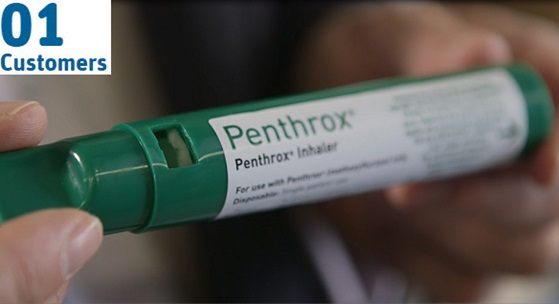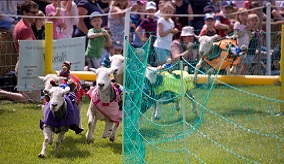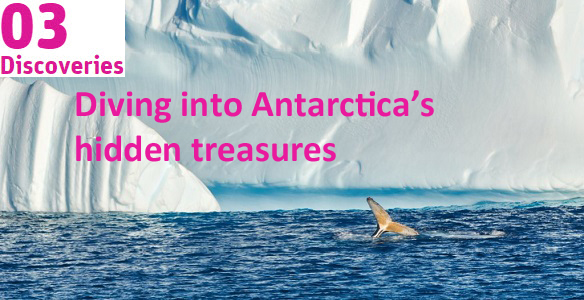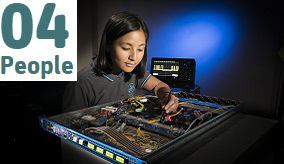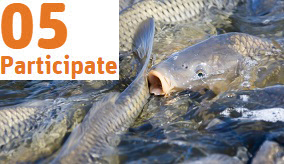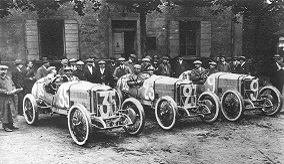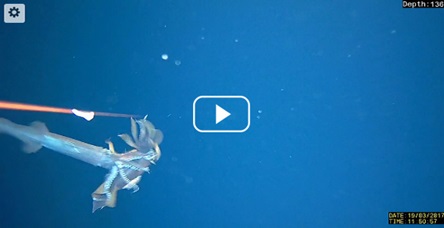02 Research
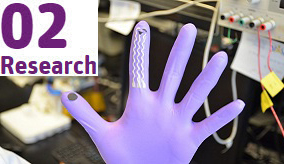
Glove gives the right swipe for toxic chemical scans
You gotta hand it to our scientists on this one. In collaboration with the University of San Diego, California, they've developed a new wearable technology that allows the user to scan for toxic chemicals by simply swiping a surface. This 'lab-on-a-glove' tech has an in-built chemical sensor that can single-handedly identify organophosphate compounds. It was designed specifically with the defence and forensic industries in mind, providing reliable, real-time and on-site chemical screening for rapid response to terror threats. But it could fit (like a glove) into food and agriculture uses as well.

